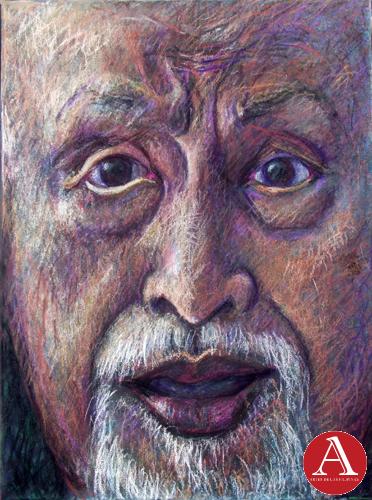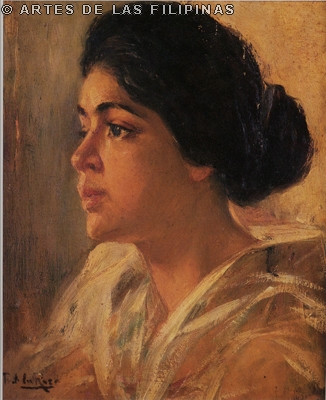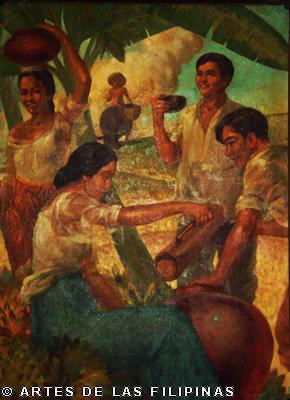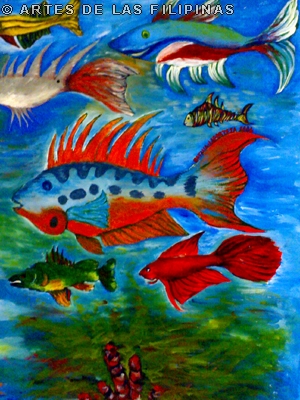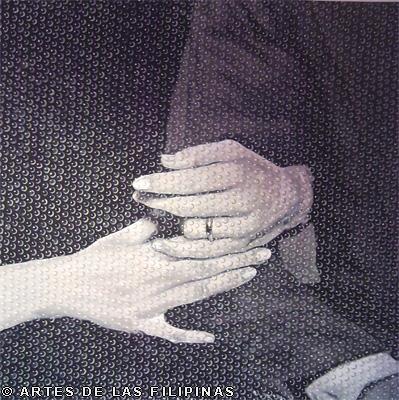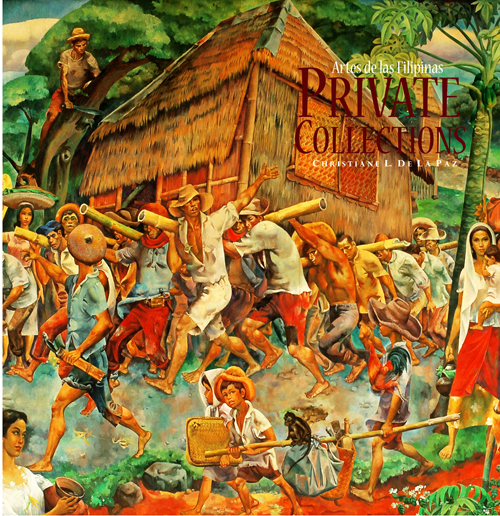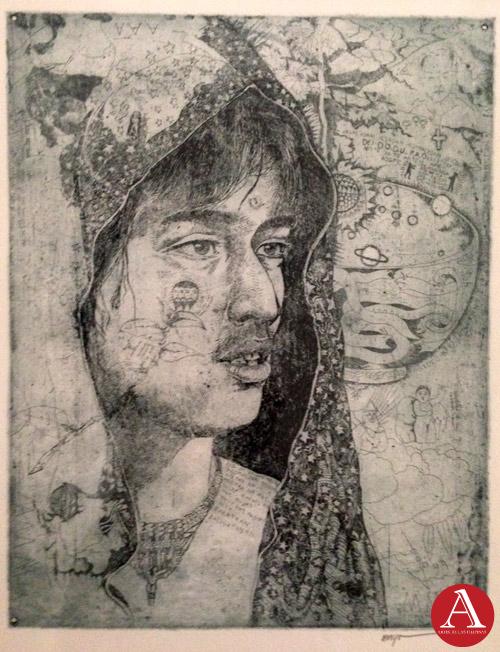THE PASTILLAS PAPER CUT TRADITION
by: Sherwin Mapanoo
The art of making the pabalat or pastillas wrappers has transformed in recent years from being a local, folk tradition into a popular art. Besides adding flair to the sweet pastillas de leche made from fresh carabao’s milk, the pabalat has also become a compelling icon/symbol of the people’s creativity, not only of the town of San Miguel but the entire province of Bulacan.
Bulacan fiestas are not complete without the elaborate papercut designs often used as decoration, table centerpiece, and souvenirs. The pastillas wrapped in pabalat have also become popular gifts during birthdays, weddings, and other occasions and pasalubong among local tourists and balikbayans.
On May 5-7, 2006, the town of San Miguel celebrated the first-ever “Pastillas Festival” to underscore the importance of the pastillas in the lives of its people. According to Mayor Edmundo Jose Buencamino, “the pastillas have been a source of pride and a unifying symbol for the people here. We give pastillas as a gift to our families, loved ones even during birthdays, weddings and other occasions. This is the secret of the industry: It has survived time because not only visitors but even the locals patronize it.”1 The mounting of such a festival was envisioned to give the sleepy town a much-needed boost in tourism and investment.
The industry of pastillas making may have survived time but the pabalat is a totally different story. Similar to most folk traditions in the Philippines, the art practice of making these intricate paper cut-outs is on the verge of extinction. Due to the tediousness of the art, there are few takers who are willing to follow the footsteps of the pabalat masters like Ka Luz “Aling Nene” Ocampo. At present, most of the pabalat makers in San Miguel are senior citizens in their 70s or 80s, while others have transferred to Malolos, Bulacan, the province capital, to put up “more” lucrative pastillas and other sweets businesses, which now attract a number of clientele ranging from balikbayans, local and foreign tourists to hotels and catering companies.
The word pabalat has two levels of meaning. On a literal note, it pertains to the pabalat as a product (paper cut-outs). On a metaphorical level, it connotes the “state of the art” practice (meaning: it’s not only a “wounded” tradition but it’s actually a “dying” one). The art is not only a cultural product or an artistic expression but also cuts through some cultural, social, even political discourses and issues.
Pabalat is also a folk art or in Filipino term, “siningbayan.” It is a folk art because it originated among the townsfolk reflecting their traditional culture. The art practice has also been passed from generation to generation and its’ creative elements and aesthetic values mirror the people’s everyday life. Another important aspect of this folk tradition is that the makers of these intricate paper patterns do not see themselves as “artists” and do not consider their works as “arts.” Taking a quote from Dr. Brenda Fajardo in her book Ang Inukit na Kaalamang Bayan ng Paete:
“Ang siningbayan ay mga nilikhang bagay na karaniwan at nakararaming tao sa lipunan. Ito ay gawa ng katutubo ng karaniwang binubuo ng mga sinaunang malikhaing gawa na nakagisnan at naipasa sa salinlahi o ‘di kaya’y makabagong paggawa na nilikha ng masa at sumasagot sa pangangailangan sa araw-araw.”2
This definition is very true to the aesthetic function and mode of production of the pabalat.
REFERENCES
[1] Barawid, Rachel C. “San Miguel: Pastillas Country.” Manila Bulletin. Tourism. May 06, 2006.
[2] Fajardo, Brenda. Ang Inukit na Kaalamang Bayan ng Paete. Manila : Pambansang Komisyon para sa Kultura at mga Sining, 2005.
[3] Lett, James. “Emic/Etic Distinctions.” http://faculty.ircc.edu/faculty/jlett/Article%20on%20Emics%20and%20Etics.htm


